
As AI evolves to planning, research, and reasoning with agentic AI, workflows are becoming increasingly complex. To deploy agentic AI applications efficiently, AI clouds need a software-defined, hardware-accelerated application delivery controller (ADC). That enables dynamic load balancing, robust security, cloud-native multi-tenancy, and rich observability. F5 BIG-IP ADC for Kubernetes��
]]>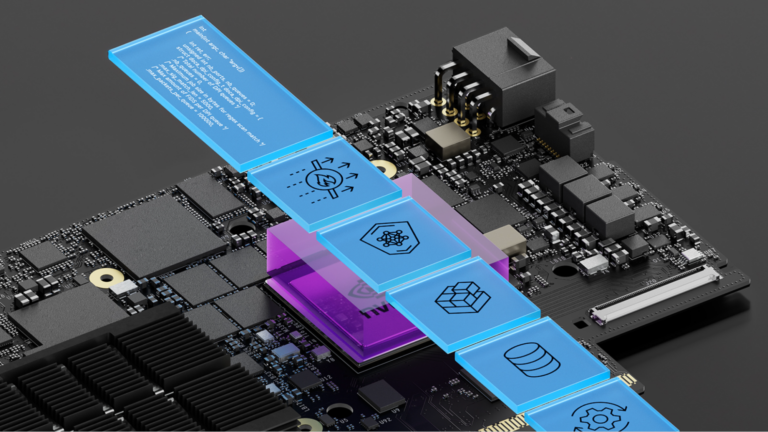
The NVIDIA DOCA framework has evolved to become a vital component of next-generation AI infrastructure. From its initial release to the highly anticipated launch of NVIDIA DOCA 3.0, each version has expanded capabilities for NVIDIA BlueField DPUs and ConnectX SuperNICs, enabling unprecedented AI platform scalability and performance. DOCA leverages BlueField DPUs and SuperNICs through a rich��
]]>
As AI workloads grow in complexity and scale��from large language models (LLMs) to agentic AI reasoning and physical AI��the demand for faster, more scalable compute infrastructure has never been greater. Meeting these demands requires rethinking system architecture from the ground up. NVIDIA is advancing platform architecture with NVIDIA ConnectX-8 SuperNICs, the industry��s first SuperNIC to��
]]>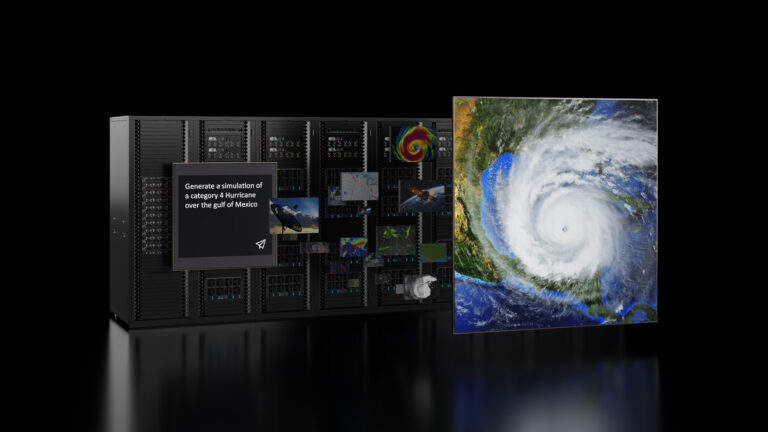
Explore the latest advancements in AI infrastructure, acceleration, and security from March 17-21.
]]>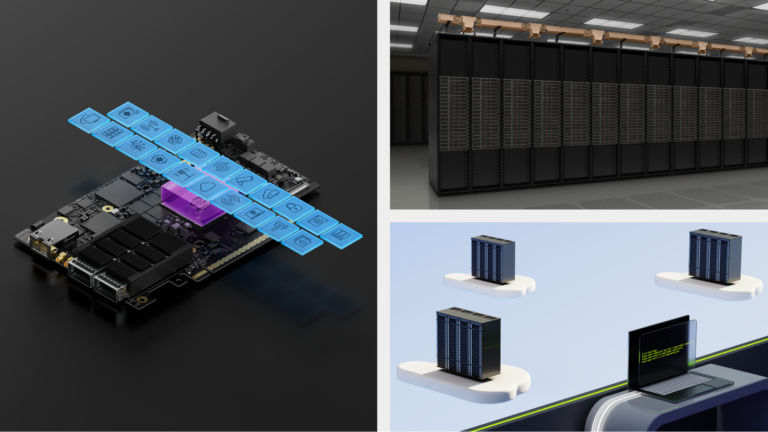
Organizations are increasingly turning to accelerated computing to meet the demands of generative AI, 5G telecommunications, and sovereign clouds. NVIDIA has unveiled the DOCA Platform Framework (DPF), providing foundational building blocks to unlock the power of NVIDIA BlueField DPUs and optimize GPU-accelerated computing platforms. Serving as both an orchestration framework and an implementation��
]]>
WEKA, a pioneer in scalable software-defined data platforms, and NVIDIA are collaborating to unite WEKA��s state-of-the-art data platform solutions with powerful NVIDIA BlueField DPUs. The WEKA Data Platform advanced storage software unlocks the full potential of AI and performance-intensive workloads, while NVIDIA BlueField DPUs revolutionize data access, movement, and security.
]]>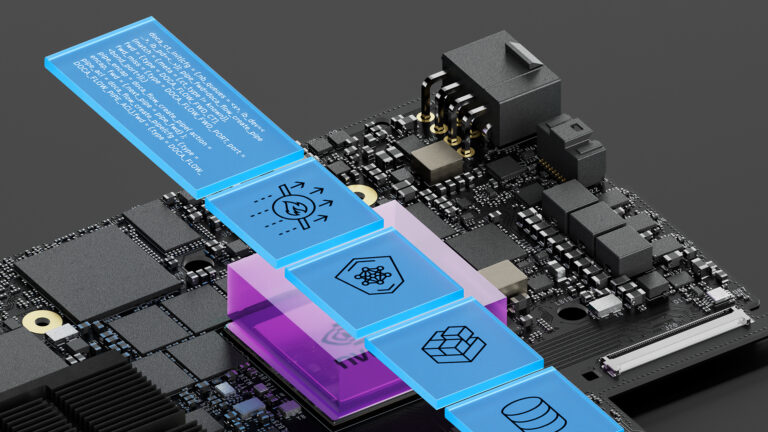
NVIDIA DOCA enhances the capabilities of NVIDIA networking platforms by providing a comprehensive software framework for developers to leverage hardware acceleration, boosting performance, security, and efficiency. Its ecosystem of APIs, libraries, and tools streamlines development for data center infrastructure, enabling workload offloading, acceleration, and isolation to support modern��
]]>
NVIDIA technology helps organizations build and maintain secure, scalable, and high-performance network infrastructure. Advances in AI, with NVIDIA at the forefront, contribute every day to security advances. One way NVIDIA has taken a more direct approach to network security is through a secure network operating system (NOS). A secure network operating system (NOS) is a specialized type of��
]]>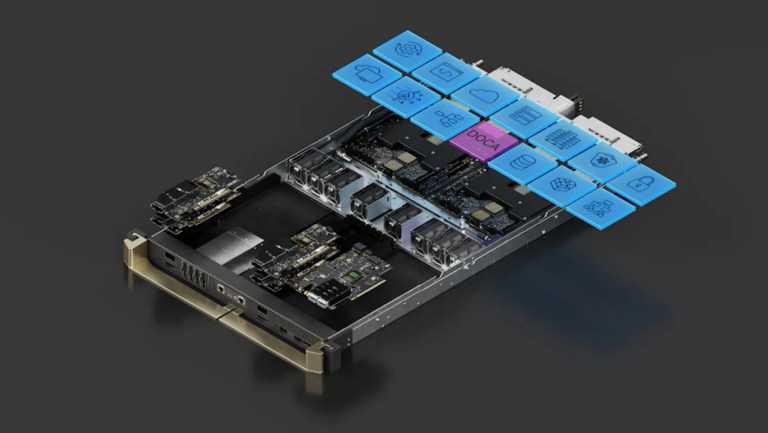
The NVIDIA DOCA software platform unlocks the potential of the NVIDIA BlueField networking platform and provides all needed host drivers for NVIDIA BlueField and ConnectX devices. Optimized for peak performance, DOCA equips users to meet the demands of increasingly complex workloads. Its modular structure offers the flexibility needed to adapt to emerging technologies and higher data throughputs.
]]>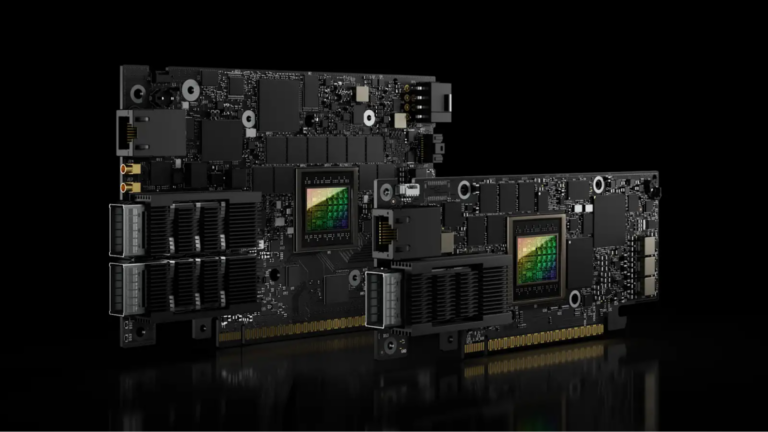
The growth of AI is driving exponential growth in computing power and a doubling of networking speeds every few years. Less well-known is that it��s also putting new demands on storage. Training new models typically requires high-bandwidth networked access to petabytes of data, while inference with the latest types of retrieval augmented generation (RAG) requires low-latency access to��
]]>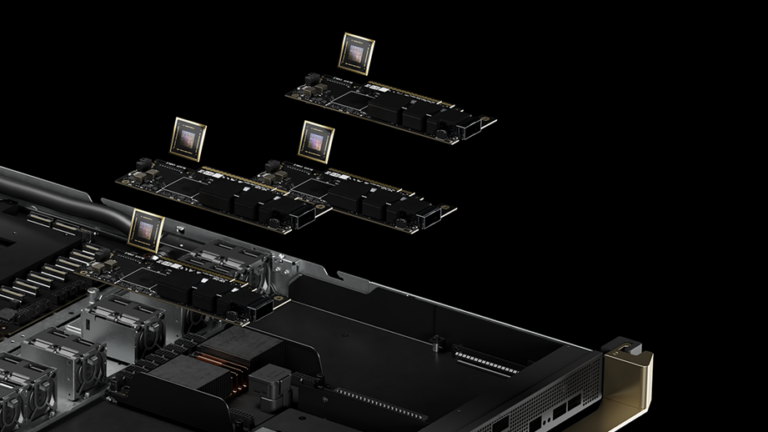
In the era of generative AI, accelerated networking is essential to build high-performance computing fabrics for massively distributed AI workloads. NVIDIA continues to lead in this space, offering state-of-the-art Ethernet and InfiniBand solutions that maximize the performance and efficiency of AI factories and cloud data centers. At the core of these solutions are NVIDIA SuperNICs��a new��
]]>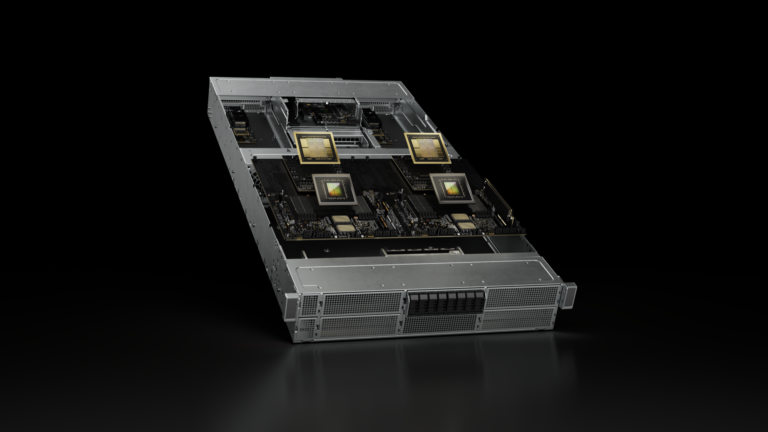
Inferencing for generative AI and AI agents will drive the need for AI compute infrastructure to be distributed from edge to central clouds. IDC predicts that ��Business AI (consumer excluded) will contribute $19.9 trillion to the global economy and account for 3.5% of GDP by 2030.�� 5G networks must also evolve to serve this new incoming AI traffic. At the same time, there is an opportunity��
]]>
The new release includes support for Spectrum-X 1.1 RA and new features for AI Cloud Data Centers.
]]>
As the demand for sophisticated AI capabilities escalates, VAST Data introduces the VAST Data Platform, now enhanced with NVIDIA BlueField DPUs. This innovation is tailored to meet the stringent demands of AI-driven data centers and optimize AI workloads and data management. This post presents how BlueField DPUs provide VAST with a significant boost in both performance and efficiency to��
]]>
As AI becomes integral to organizational innovation and competitive advantage, the need for efficient and scalable infrastructure is more critical than ever. A partnership between NVIDIA and DDN Storage is setting new standards in this area. By integrating NVIDIA BlueField DPUs into DDN EXAScaler and DDN Infinia and using them innovatively, DDN Storage is transforming data-centric workloads.
]]>
General-purpose large language models (LLMs) have proven their usefulness across various fields, offering substantial benefits in applications ranging from text generation to complex problem-solving. However, there are circumstances where developing a bespoke language model becomes not just beneficial but essential. This necessity arises particularly in specialized domains characterized by��
]]>
As cyberattacks become more sophisticated, organizations must constantly adapt with cutting-edge solutions to protect their critical assets. One such solution is Cisco Secure Workload, a comprehensive security solution designed to safeguard application workloads across diverse infrastructures, locations, and form factors. Cisco recently announced version 3.9 of the Cisco Secure Workload��
]]>
The NVIDIA DOCA acceleration framework empowers developers with extensive libraries, drivers, and APIs to create high-performance applications and services for NVIDIA BlueField DPUs and SuperNICs. DOCA 2.7 is a comprehensive, feature-rich release that further underpins the scope and value of the DOCA software framework. It offers several new libraries, turn-key applications��
]]>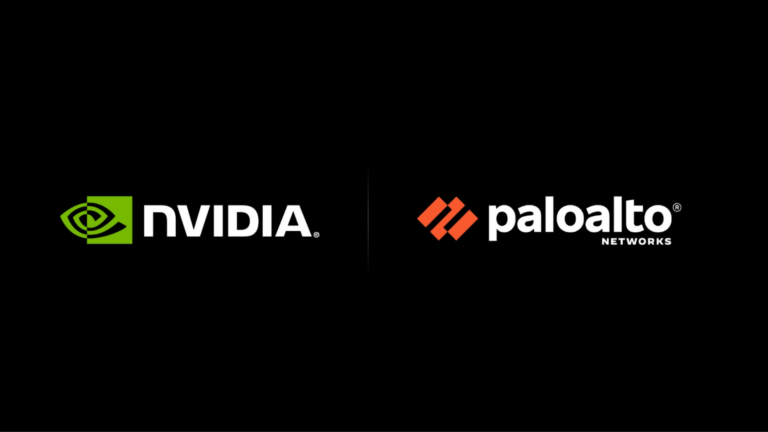
Securing the private 5G and applications at the edge comes with many challenges. Sophisticated AI�C and ML-based attack campaigns require security to respond in real time. Palo Alto Networks�� security platform has been incorporating ML and AI technological breakthroughs over the years to ensure that real-time ML capabilities and AI-driven incident responses are autonomous.
]]>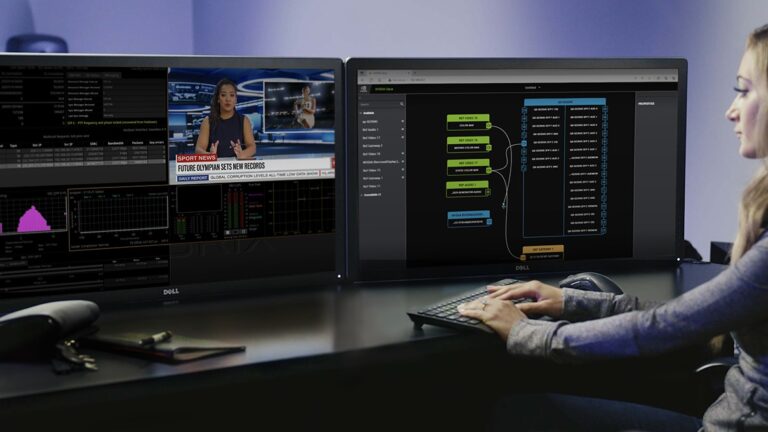
NVIDIA Holoscan for Media is a software-defined platform for building and deploying applications for live media. Recent updates introduce a user-friendly developer interface and new capabilities for application deployment to the platform. Holoscan for Media now includes Helm Dashboard, which delivers an intuitive user interface for orchestrating and managing Helm charts.
]]>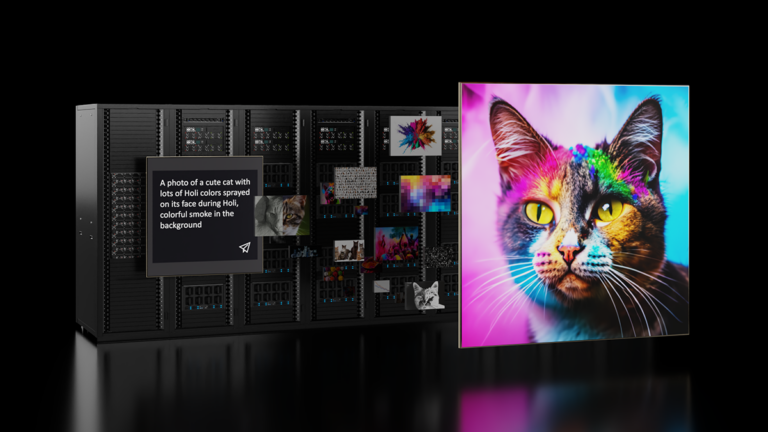
NVIDIA Spectrum-X is swiftly gaining traction as the leading networking platform tailored for AI in hyperscale cloud infrastructures. Spectrum-X networking technologies help enterprise customers accelerate generative AI workloads. NVIDIA announced significant OEM adoption of the platform in a November 2023 press release, along with an update on the NVIDIA Israel-1 Supercomputer powered by Spectrum��
]]>
The NVIDIA DOCA 2.6 release includes support for NVIDIA Spectrum-X reference architecture with the NVIDIA BlueField-3 SuperNIC and enhances DOCA host-based networking (HBN).
]]>
Accelerated networking combines CPUs, GPUs, DPUs (data processing units), or SuperNICs into an accelerated computing fabric specifically designed to optimize networking workloads. It uses specialized hardware to offload demanding tasks to enhance server capabilities. As AI and other new workloads continue to grow in complexity and scale, the need for accelerated networking becomes paramount.
]]>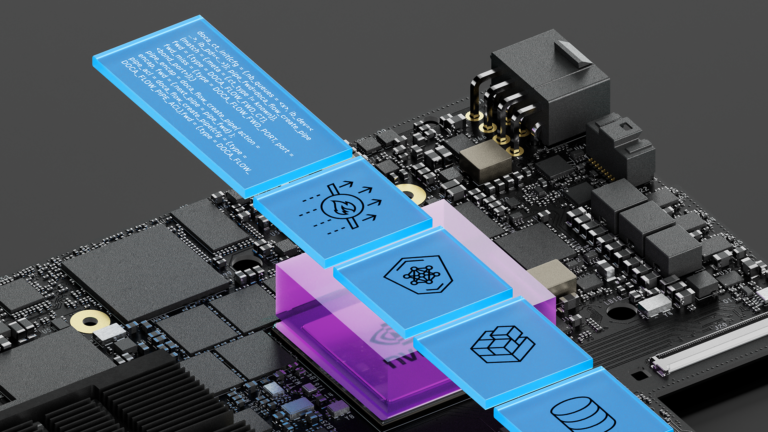
As a comprehensive software framework for data center infrastructure developers, NVIDIA DOCA has been adopted by leading AI, cloud, enterprise, and ISV innovators. The release of DOCA 2.5 marks its third anniversary. And, due to the stability and robustness of the code base combined with several networking and platform upgrades, DOCA 2.5 is the first NVIDIA BlueField-3 long-term support (LTS)��
]]>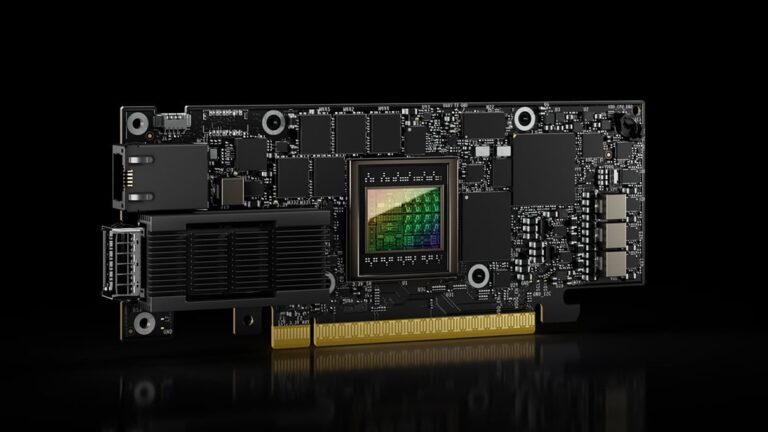
A SuperNIC is a type of network accelerator for AI cloud data centers that delivers robust and seamless connectivity between GPU servers.
]]>
Traditional cloud data centers have served as the bedrock of computing infrastructure for over a decade, catering to a diverse range of users and applications. However, data centers have evolved in recent years to keep up with advancements in technology and the surging demand for AI-driven computing. This post explores the pivotal role that networking plays in shaping the future of data centers��
]]>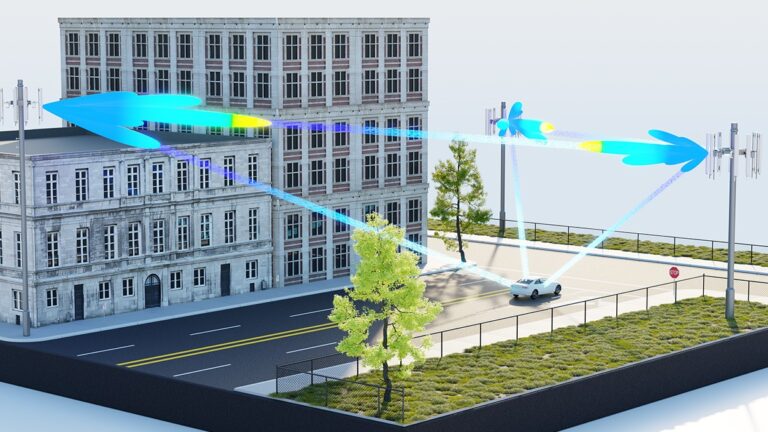
NVIDIA, working with Fujitsu and Wind River, has enabled NTT DOCOMO to launch the first GPU-accelerated commercial Open RAN 5G service in its network in Japan. This makes it the first-ever telco in the world to deploy a GPU-accelerated commercial 5G network. The announcement is a major milestone as the telecom industry strives to address the multi-billion-dollar problem of driving��
]]>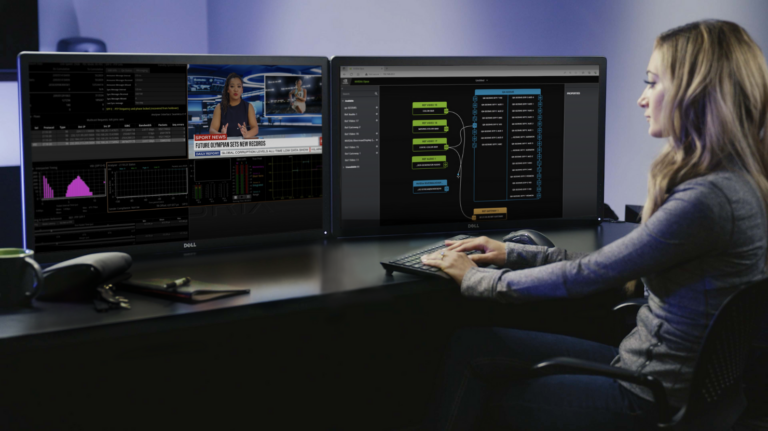
The broadcast industry is undergoing a transformation in how content is created, managed, distributed, and consumed. This transformation includes a shift from traditional linear workflows bound by fixed-function devices to flexible and hybrid, software-defined systems that enable the future of live streaming. Developers can now apply to join the early access program for NVIDIA Holoscan for��
]]>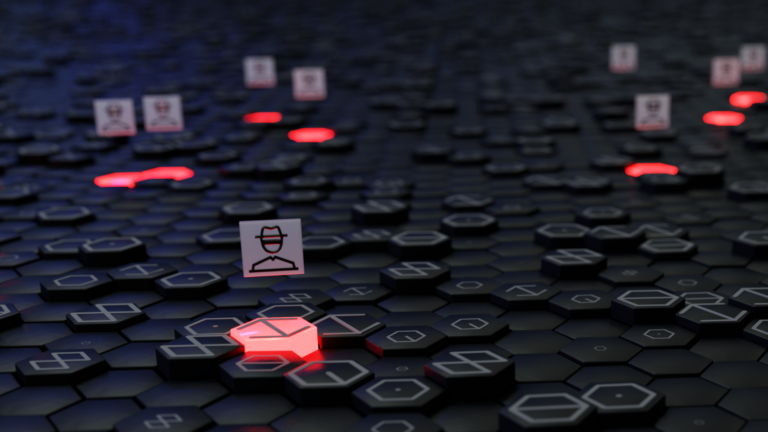
Ransomware attacks have become increasingly popular, more sophisticated, and harder to detect. For example, in 2022, a destructive ransomware attack took 233 days to identify and 91 days to contain, for a total lifecycle of 324 days. Going undetected for this amount of time can cause irreversible damage. Faster and smarter detection capabilities are critical to addressing these attacks.
]]>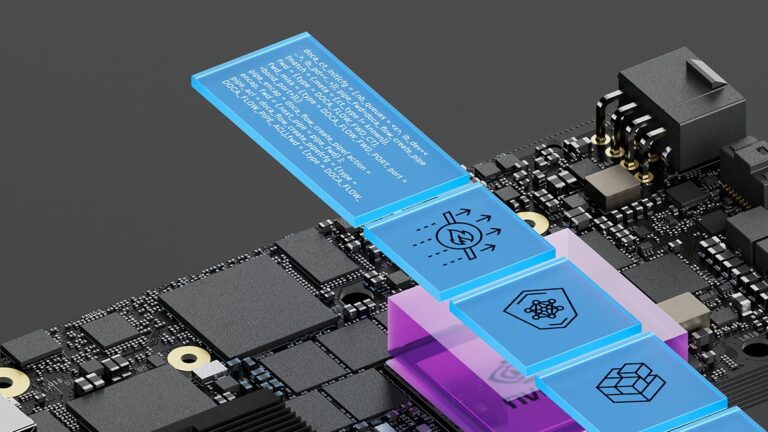
NVIDIA DOCA SDK and acceleration framework empowers developers with extensive libraries, drivers, and APIs to create high-performance applications and services for NVIDIA BlueField DPUs and ConnectX SmartNICs. It fuels data center innovation, enabling rapid application deployment. With comprehensive features, NVIDIA DOCA serves as a one-stop-shop for BlueField developers looking to accelerate��
]]>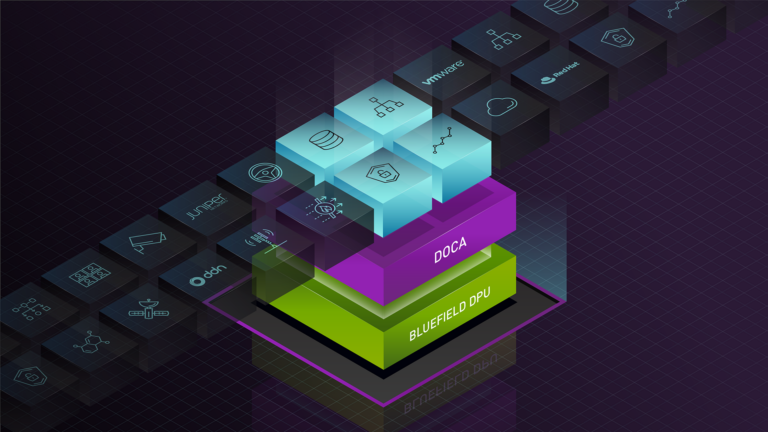
The NVIDIA DOCA framework aims to simplify the programming and application development for NVIDIA BlueField DPUs and ConnectX SmartNICs. It provides high-level abstraction building blocks relevant to network applications through an SDK, runtime binaries, and high-level APIs that enable developers to rapidly create applications and services. NVIDIA DOCA Flow is a newly updated set of software��
]]>
Real-time processing of network traffic can be leveraged by the high degree of parallelism GPUs offer. Optimizing packet acquisition or transmission in these types of applications avoids bottlenecks and enables the overall execution to keep up with high-speed networks. In this context, DOCA GPUNetIO promotes the GPU as an independent component that can exercise network and compute tasks without��
]]>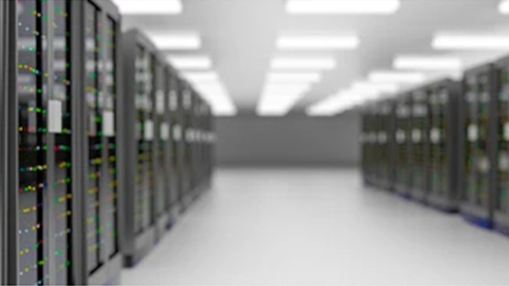
Oracle is one of the top cloud service providers in the world, supporting over 22,000 customers and reporting revenue of nearly $4 billion per quarter and annual growth of greater than 40%. Oracle Cloud Infrastructure (OCI) is growing at an even faster rate and offers a complete cloud infrastructure for every workload. Having added 11 regions in the last 18 months, OCI currently offers 41��
]]>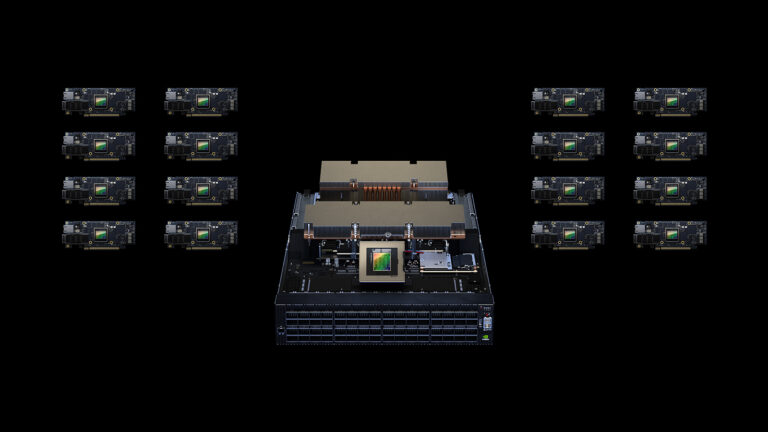
Large language models (LLMs) and AI applications such as ChatGPT and DALL-E have recently seen rapid growth. Thanks to GPUs, CPUs, DPUs, high-speed storage, and AI-optimized software innovations, AI is now widely accessible. You can even deploy AI in the cloud or on-premises. Yet AI applications can be very taxing on the network, and this growth is burdening CPU and GPU servers��
]]>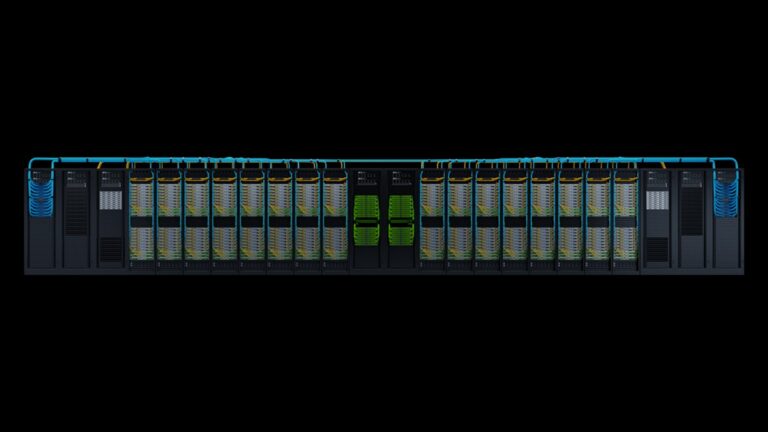
At COMPUTEX 2023, NVIDIA announced the NVIDIA DGX GH200, which marks another breakthrough in GPU-accelerated computing to power the most demanding giant AI workloads. In addition to describing critical aspects of the NVIDIA DGX GH200 architecture, this post discusses how NVIDIA Base Command enables rapid deployment, accelerates the onboarding of users, and simplifies system management.
]]>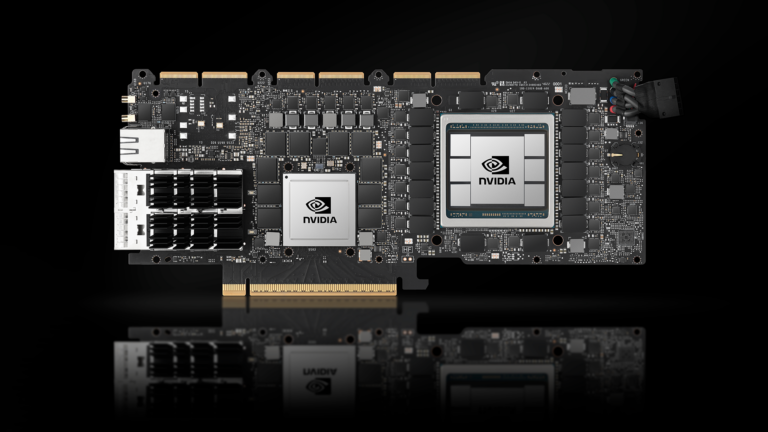
The pace of 5G investment and adoption is accelerating. According to the GSMA Mobile Economy 2023 report, nearly $1.4 trillion will be spent on 5G CapEx, between 2023 and 2030. Radio access network (RAN) may account for over 60% of the spend. Increasingly, the CapEx spend is moving from the traditional approach with proprietary hardware, to virtualized RAN (vRAN) and Open RAN architectures��
]]>
Data centers are an essential part of a modern enterprise, but they come with a hefty energy cost. To complicate matters, energy costs are rising and the need for data centers continues to expand, with a market size projected to grow 25% from 2023 to 2030. Globally, energy costs are already negatively affecting data centers and high-performance computing (HPC) systems. To alleviate the energy��
]]>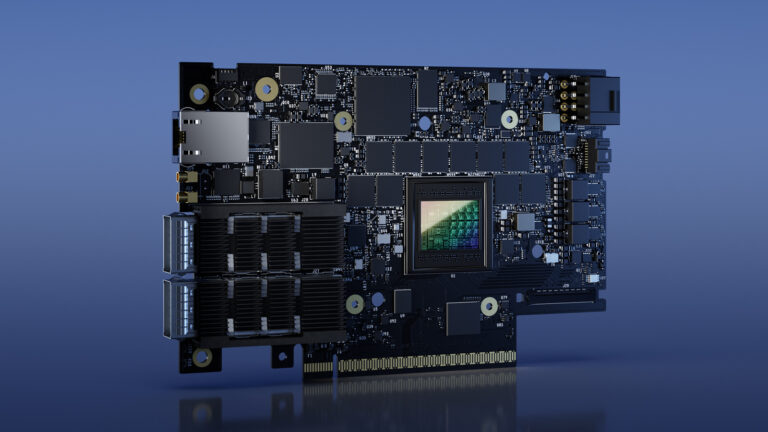
ChatGPT, Stable Diffusion, DALL-E, and similar applications have awakened the world to generative AI. ChatGPT is the fastest-growing application in history. The ease of use and impressive capabilities have attracted over a hundred million users in just a few months. Generative AI has created a sense of urgency for companies to reimagine their products and business models. As NVIDIA CEO Jensen��
]]>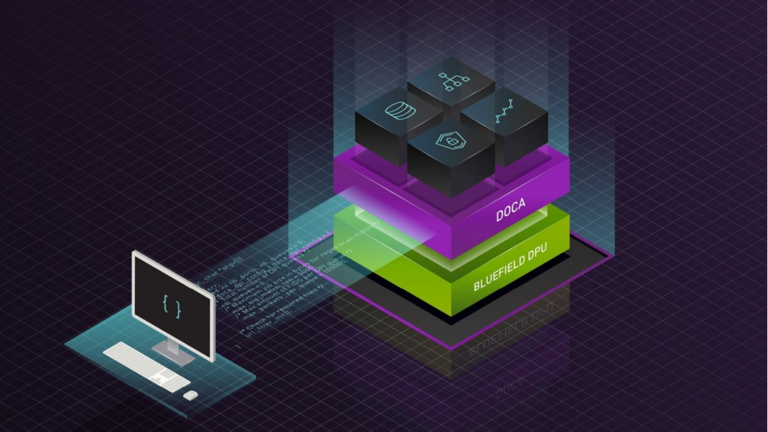
Announced in March 2023, NVIDIA DOCA 2.0, the newest release of the NVIDIA SDK for BlueField DPUs, is now available. Together, NVIDIA DOCA and BlueField DPUs accelerate the development of applications that deliver breakthrough networking, security, and storage performance with a comprehensive, open development platform. NVIDIA DOCA 2.0 includes newly added support for the BlueField-3 Data��
]]>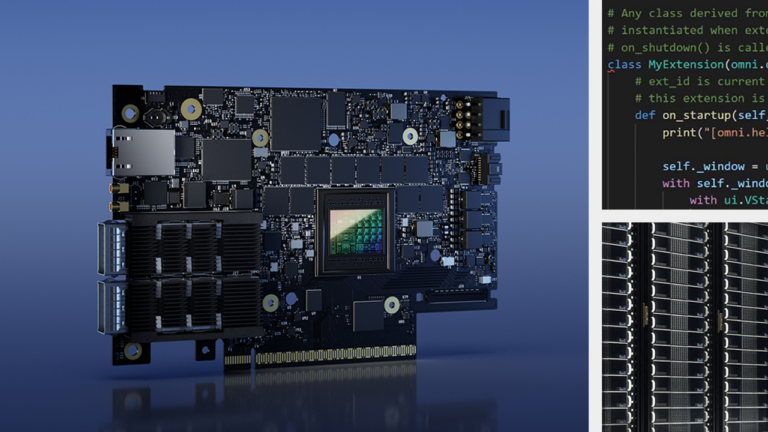
A shift to modern distributed workloads, along with higher networking speeds, has increased the overhead of infrastructure services. There are fewer CPU cycles available for the applications that power businesses. Deploying data processing units (DPUs) to offload and accelerate these infrastructure services delivers faster performance, lower CPU utilization, and better energy efficiency.
]]>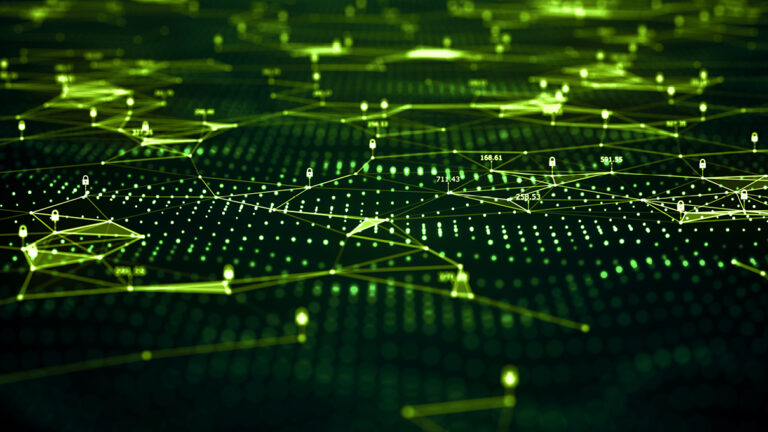
Deep packet inspection (DPI) is a critical technology for network security that enables the inspection and analysis of data packets as they travel across a network. By examining the content of these packets, DPI can identify potential security threats such as malware, viruses, and malicious traffic, and prevent them from infiltrating the network. However, the implementation of DPI also comes with��
]]>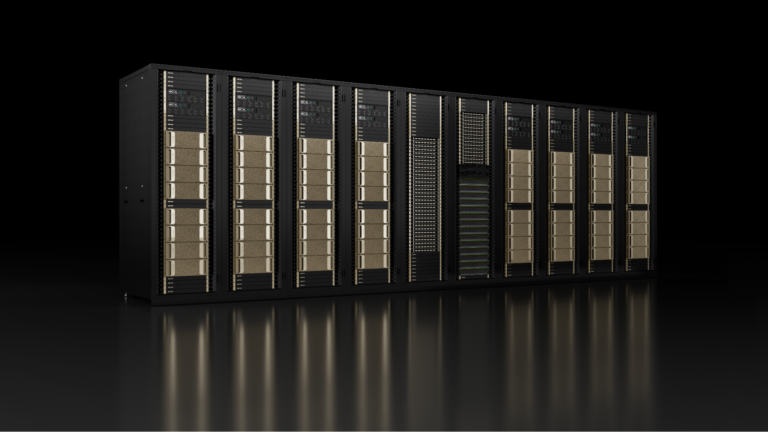
NVIDIA BlueField-3 data processing units (DPUs) are now in full production, and have been selected by Oracle Cloud Infrastructure (OCI) to achieve higher performance, better efficiency, and stronger security, as announced at NVIDIA GTC 2023. As a 400 Gb/s infrastructure compute platform, BlueField-3 enables organizations to deploy and operate data centers at massive scale.
]]>
As part of NVIDIA efforts to advance research towards a more secure data center, the NVIDIA Advanced Development Group is conducting research on quantum key distribution (QKD) technologies, along with other top organizations in Europe and in Israel. The initiatives are funded by the European Union��s Horizon 2020 program and the Israel Innovation Authority. QKD is a highly secure cryptographic��
]]>
Edge computing is the practice of processing data physically closer to its source.
]]>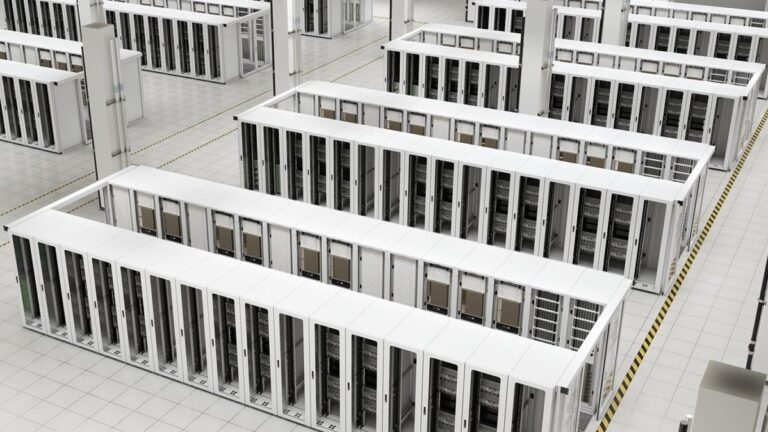
Specialists in moving data in data centers, DPUs, or data processing units, are a new class of programmable processor and will join CPUs and GPUs as one of the three pillars of computing.
]]>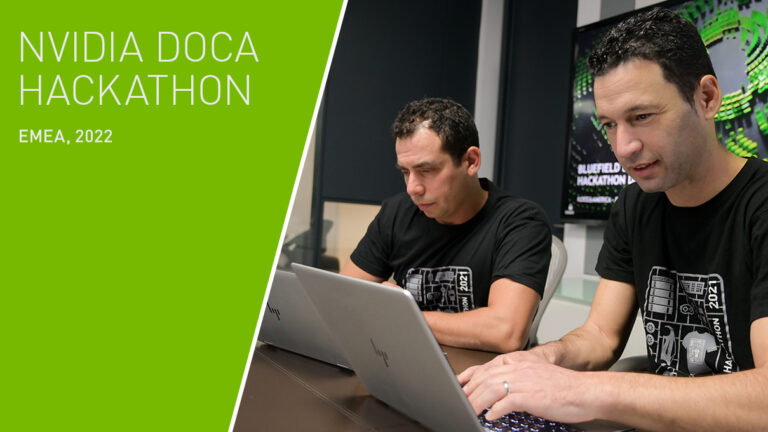
The latest NVIDIA Cybersecurity Hackathon brought together 10 teams to create exciting cybersecurity innovations using the NVIDIA Morpheus cybersecurity AI framework, NVIDIA BlueField data processing unit (DPU), and NVIDIA DOCA. The event featured seven onsite Israeli teams and three remote teams from India and the UK. Working around the clock for 24 hours, the teams were challenged with��
]]>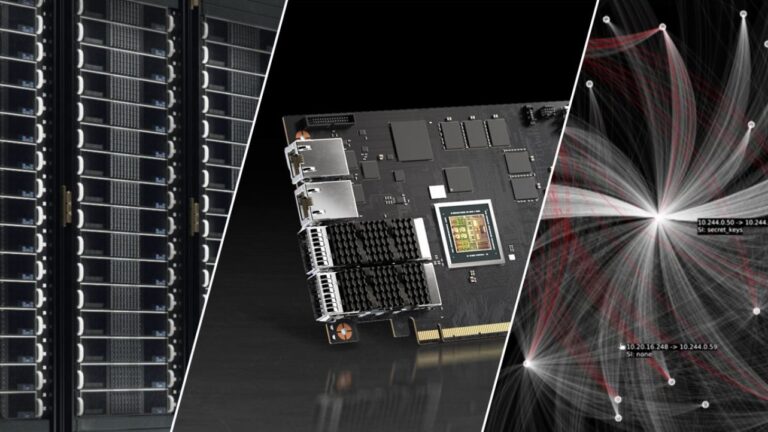
Two years ago, NVIDIA and VMware announced that they would reimagine and re-architect the data center. Hundreds of engineers dedicated across each company have worked closely to bring this joint solution to fruition. NVIDIA announces the availability of VMware vSphere on the NVIDIA BlueField DPU, providing the ideal solution for delivering a software-defined��
]]>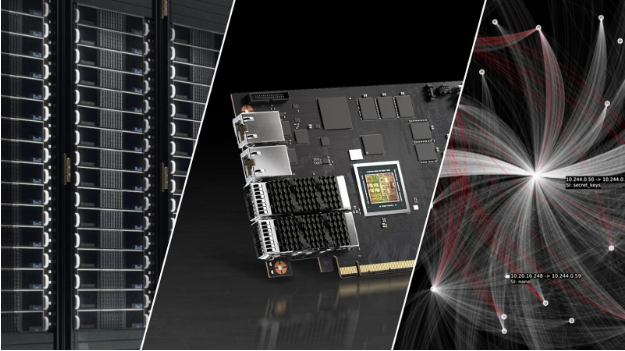
As enterprises continue to shift workloads to the cloud, some applications need to remain on-premises to maximize latency performance and meet security, data sovereignty, and compliance policies. Microsoft Azure Stack HCI is a hyperconverged infrastructure (HCI) stack delivered as an Azure service. Providing built-in security and manageability, Azure Stack HCI is ideally positioned to run��
]]>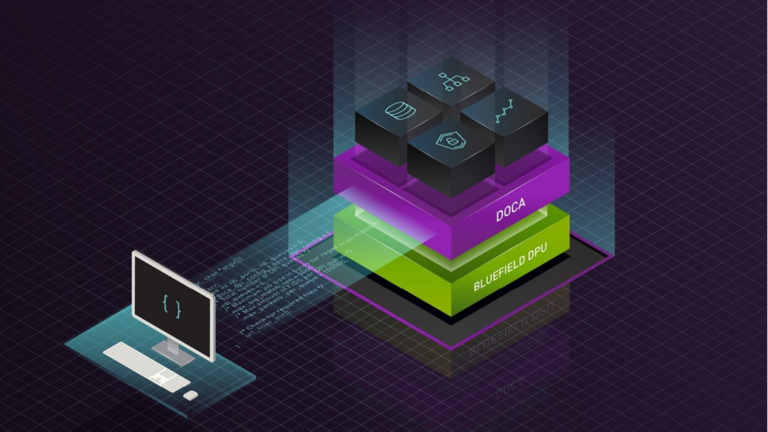
NVIDIA recently announced the long-term support (LTS) release of NVIDIA DOCA 1.5. NVIDIA DOCA is the open cloud SDK and acceleration framework for NVIDIA BlueField DPUs. It unlocks data center innovation by enabling you to rapidly create applications and services for BlueField DPUs by using industry-standard APIs. The new NVIDIA DOCA 1.5 release includes several important platform��
]]>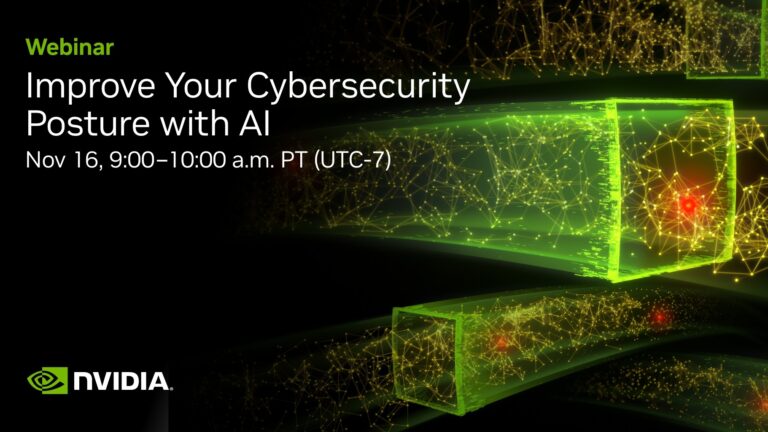
Find out how federal agencies are adopting AI to improve cybersecurity in this November 16 webinar featuring Booz Allen Hamilton.
]]>
Zero trust is a cybersecurity strategy for verifying every user, device, application, and transaction in the belief that no user or process should be trusted.
]]>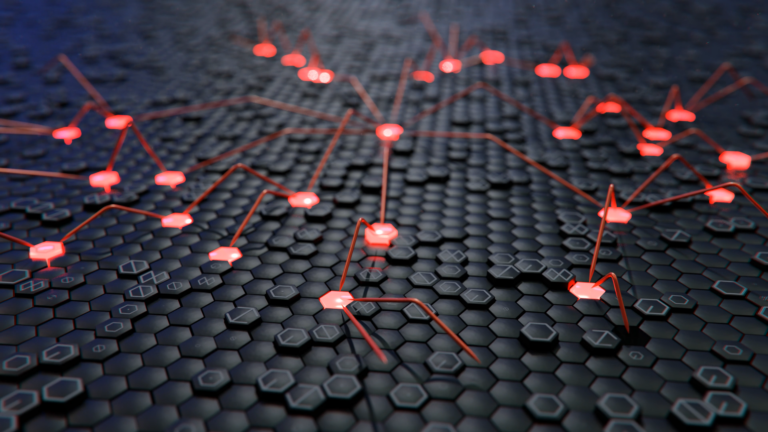
Network traffic continues to increase, with the number of Internet users across the globe reaching 5 billion in 2022. As the number of users expands, so does the number of connected devices, which is expected to grow into the trillions. The ever-increasing number of connected users and devices leads to an overwhelming amount of data generated across the network. According to IDC��
]]>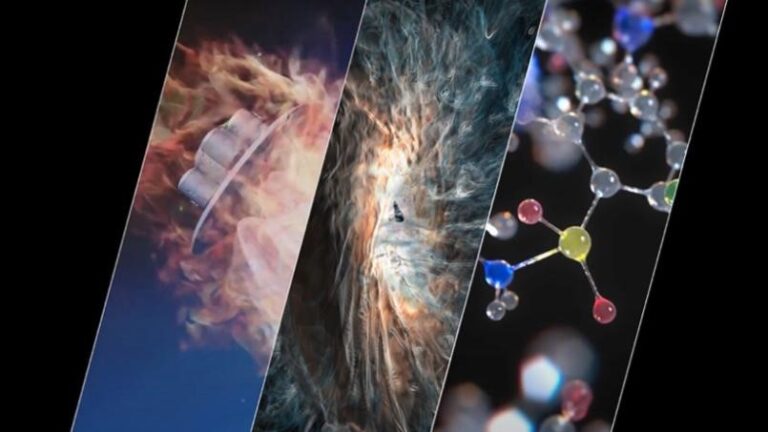
Supercomputers are used to model and simulate the most complex processes in scientific computing, often for insight into new discoveries that otherwise would be impractical or impossible to demonstrate physically. The NVIDIA BlueField data processing unit (DPU) is transforming high-performance computing (HPC) resources into more efficient systems, while accelerating problem solving across a��
]]>
The incredible increase of traffic within data centers along with increased adoption of virtualization is placing strains on the traditional data centers. Customarily, virtual machines rely on software interfaces such as VirtIO to connect with the hypervisor. Although VirtIO is significantly more flexible compared to SR-IOV, it can use up to 50% more compute power in the host��
]]>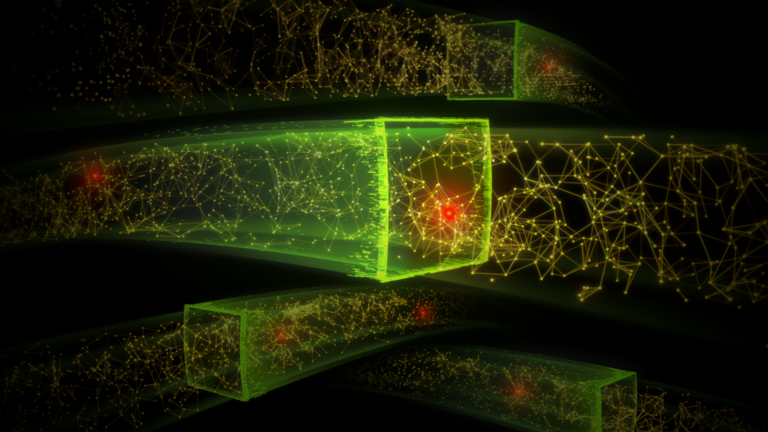
Discover how to detect cyber threats using machine learning and NVIDIA Morpheus, an open-source AI framework.
]]>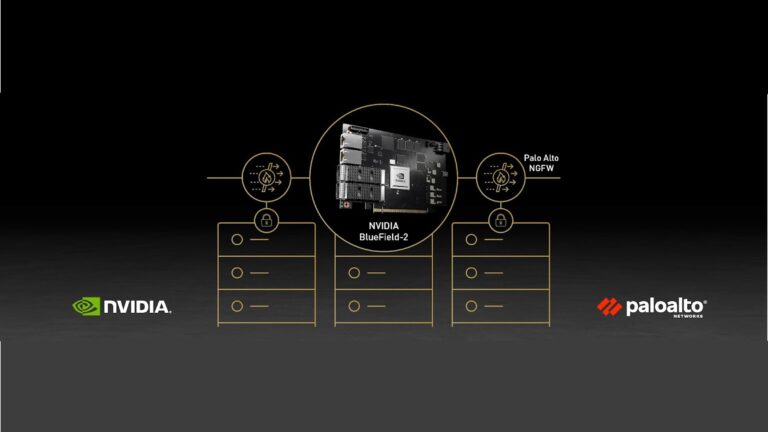
Cyberattacks are gaining sophistication and are presenting an ever-growing challenge. This challenge is compounded by an increase in remote workforce connections driving growth in secure tunneled traffic at the edge and core, the expansion of traffic encryption mandates for the federal government and healthcare networks, and an increase in video traffic. In addition, an increase in mobile��
]]>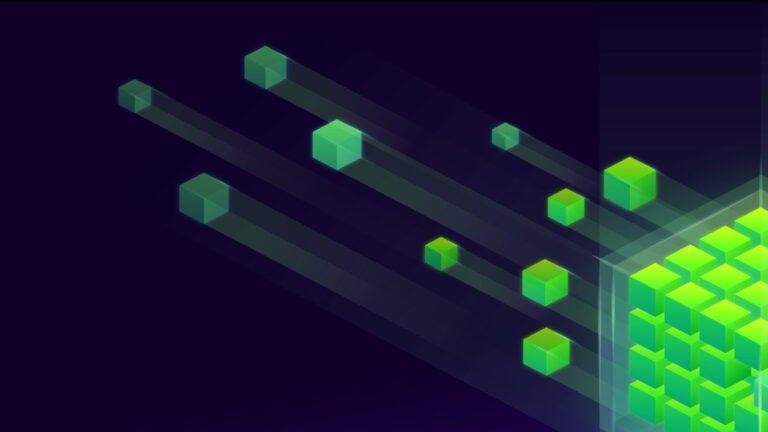
Artificial intelligence (AI) is becoming pervasive in the enterprise. Speech recognition, recommenders, and fraud detection are just a few applications among hundreds being driven by AI and deep learning (DL) To support these AI applications, businesses look toward optimizing AI servers and performance networks. Unfortunately, storage infrastructure requirements are often overlooked in the��
]]>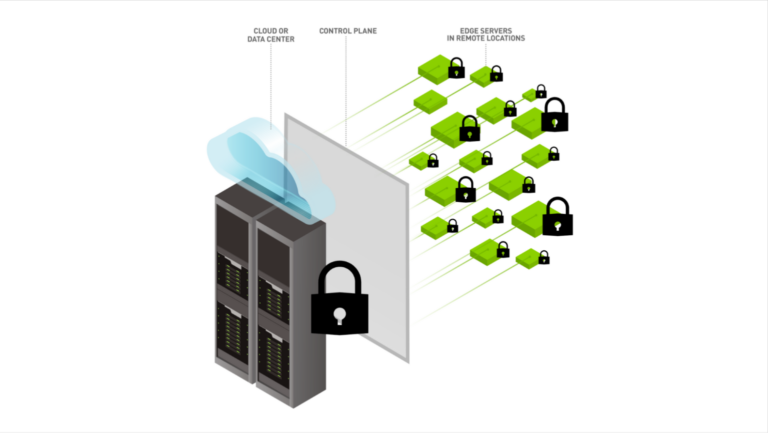
The acceleration of digital transformation within data centers and the associated application proliferation is exposing new attack surfaces to potential security threats. These new attacks typically bypass the well-established perimeter security controls such as traditional and web application firewalls, making detection and remediation of cybersecurity threats more challenging.
]]>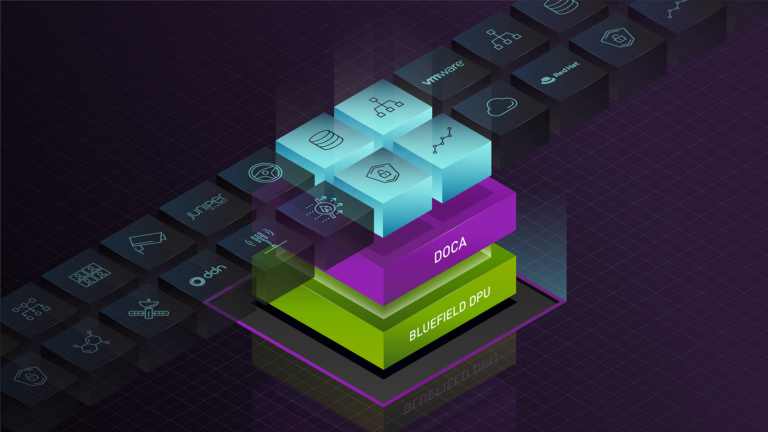
The DPU, or data processing unit, is a new class of programmable processors that specializes in moving data around the data center and now joins CPUs and GPUs as the third pillar of modern computing. NVIDIA DOCA is core to the NVIDIA Bluefield DPU offering because it provides ecosystem partners with an open platform to deliver the advanced networking, storage, and security services needed today.
]]>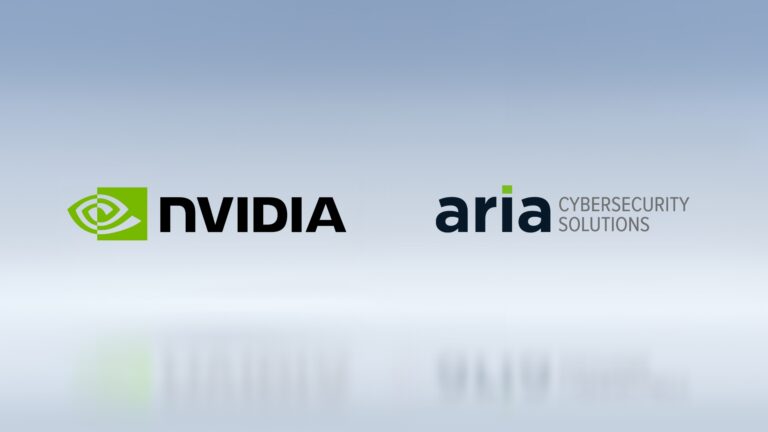
Today��s cybersecurity landscape is changing in waves with threat and attack methods putting the business world on high alert. Modern attacks continue to gain sophistication, staying one step ahead of traditional cyber defense measures, by continuously altering attack techniques. With the increasing use of AI, ML, 5G, and IoT, network speeds readily run at 100G rates or more.
]]>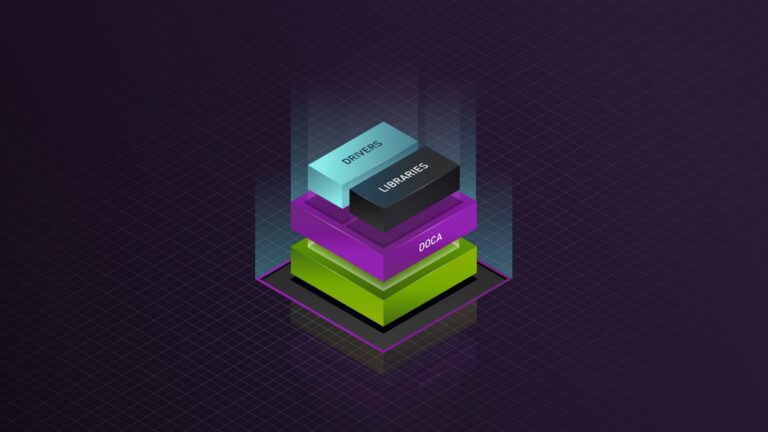
The NVIDIA DOCA Software framework includes everything needed to program the NVIDIA BlueField data processing unit (DPU) and provides a consistent experience regardless of the development environment. NVIDIA offers the following resources: NVIDIA delivers the stack by offering a DOCA SDK for developers and DOCA runtime software for out-of-the-box deployment.
]]>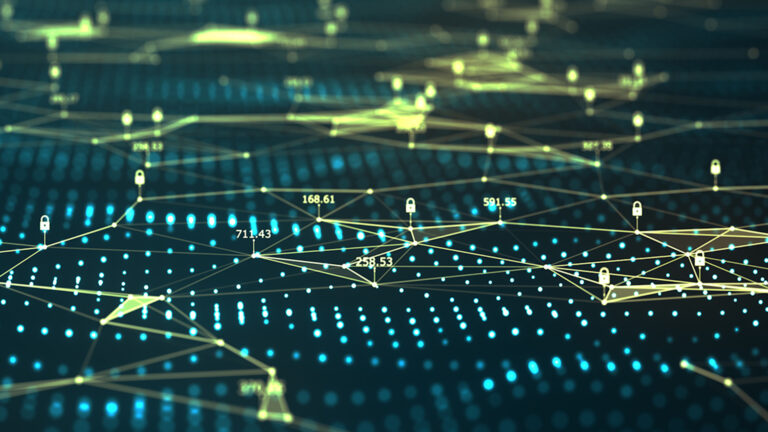 ]]>
]]>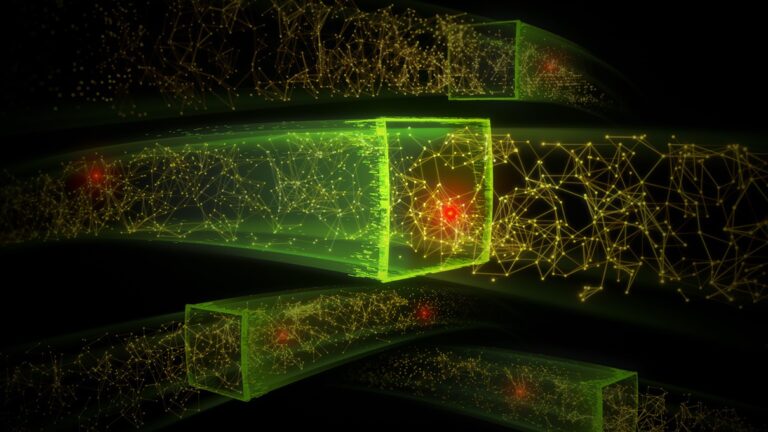 ]]>
]]>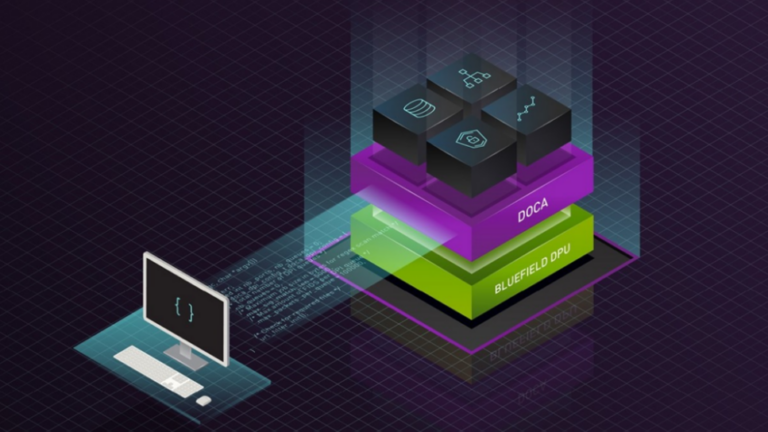
The NVIDIA DOCA software framework provides a comprehensive, open development platform to accelerate the creation of DPU applications. DOCA continues to gain momentum and push the boundaries of the data center to offload, accelerate, and isolate network, storage, security, and management infrastructure. The release of the NVIDIA DOCA 1.3 software framework focuses on new features and enhancements��
]]>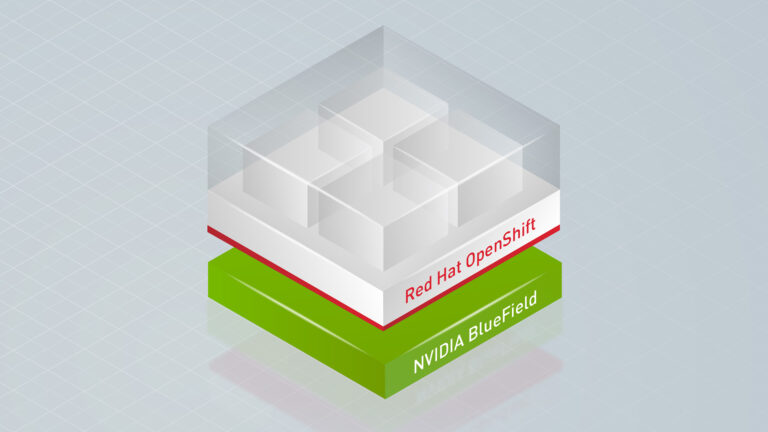
The IT world is moving to cloud, and cloud is built on containers managed with Kubernetes. We believe the next logical step is to accelerate this infrastructure with data processing units (DPUs) for greater performance, efficiency, and security. Red Hat and NVIDIA are building an integrated cloud-ready infrastructure solution with the management and automation of Red Hat OpenShift combined��
]]>
Step-A Step-B Go get a cup of coffee�� Step-C How often have you seen ��Go get a coffee�� in the instructions? As a developer, I found early on that this pesky quip is the bane of my life. Context switches, no matter the duration, are a high cost to pay in the application development cycle. Of all the steps that require you to step away, waiting for an application to compile��
]]>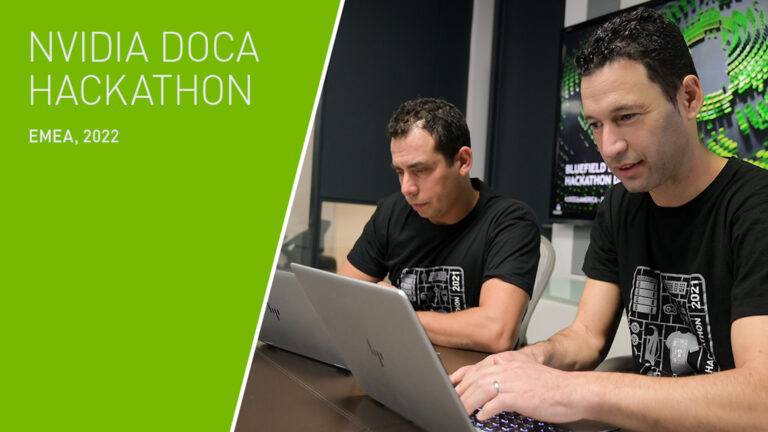
The third in a series of global NVIDIA DOCA Hackathons took place on March 21, during NVIDIA 2022 GTC. Competing in the event were 10 teams from a variety of universities, enterprises, and technology partners from across Europe and the Middle East. As part of GTC, NVIDIA CEO, Jensen Huang, gave a powerful keynote highlighting efforts in AI to supercharge industries including DPU and switching.
]]>
Cybercrime worldwide is costing as much as the gross domestic product of countries like Mexico or Spain, hitting more than $1 trillion annually. And global trends point to it only getting worse. Data centers face staggering increases in users, data, devices, and apps increasing the threat surface amid ever more sophisticated attack vectors. NVIDIA Morpheus enables cybersecurity��
]]>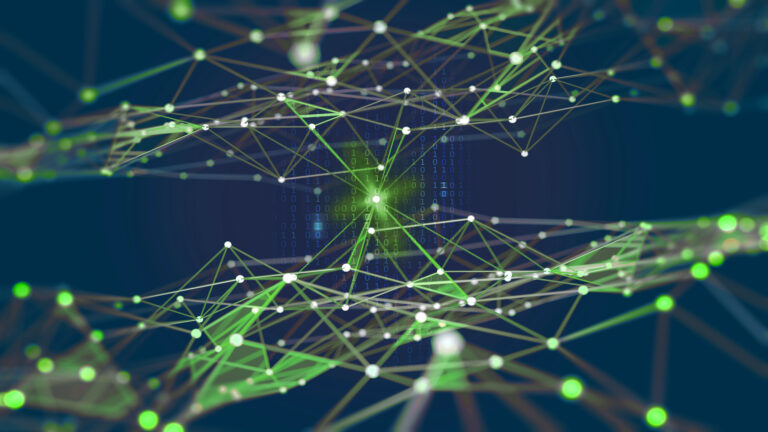
The NVIDIA BlueField-2 data processing unit (DPU) delivers unmatched software-defined networking (SDN) performance, programmability, and scalability. It integrates eight Arm CPU cores, the secure and advanced ConnectX-6 Dx cloud network interface, and hardware accelerators that together offload, accelerate, and isolate SDN functions, performing connection tracking, flow matching��
]]>
In this post, I take you through the creation of the FRR DOCA dataplane plugin and show you how to offload PBR rules using the new DOCA flow library. In the previous post, you saw the creation of a FRR dataplane plugin to accelerate PBR rules on BlueField using the DPDK library. For part 1, see Developing Applications with NVIDIA BlueField DPU and DPDK. I still used the DPDK APIs for��
]]>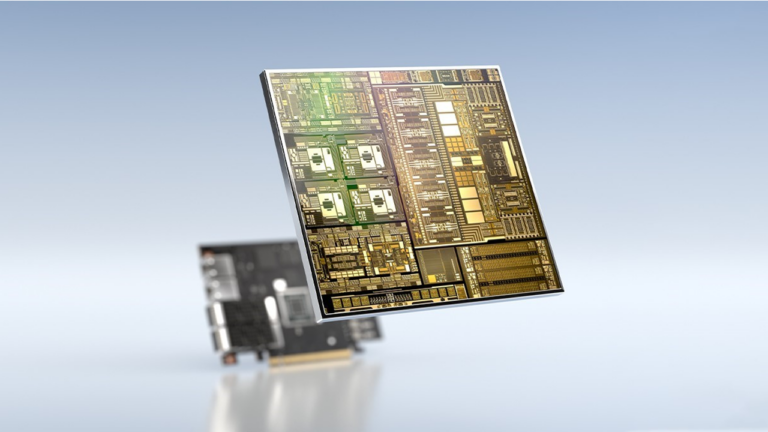
The NVIDIA BlueField DPU (data processing unit) can be used for network function acceleration. This network offloading is possible using DPDK and the NVIDIA DOCA software framework. In this series, I built an app and offloaded it two ways, through the use of DPDK and the NVIDIA DOCA SDK libraries. I recorded each step as a separate code patch and provided the complete steps in each series.
]]>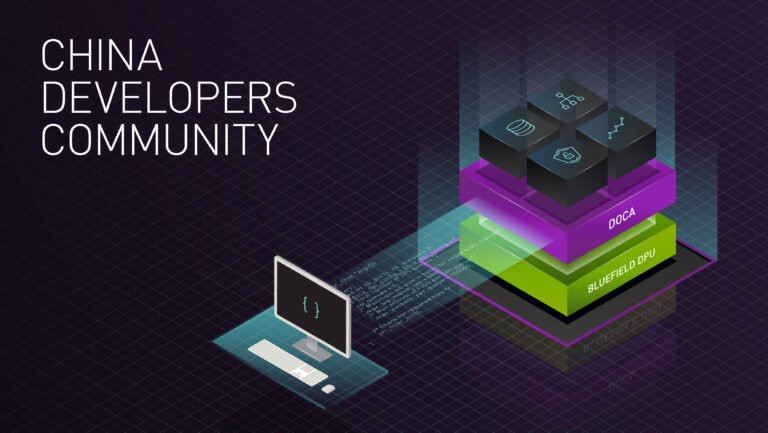
On January 13, NVIDIA hosted an online workshop to engage with the NVIDIA DOCA developer community in China. The core team at NVIDIA and leading partner representatives joined the workshop to discuss the application scenarios of NVIDIA BlueField DPUs and the NVIDIA DOCA software framework for cloud, data center, and edge. The workshop focused on the requirements for DOCA developers in key��
]]>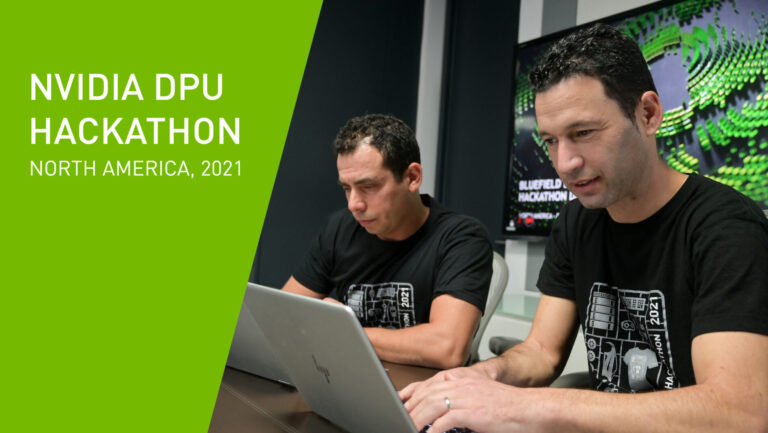
The latest NVIDIA DPU Hackathon brought together 11 teams with the goal of creating new and exciting data processing unit (DPU) innovations. Spanning 24 hours from December 8 to 9, the second in a series of global NVIDIA DPU Hackathons received over 50 team applications from various universities and enterprises. As a new class of programmable processors, a DPU ignites unprecedented��
]]>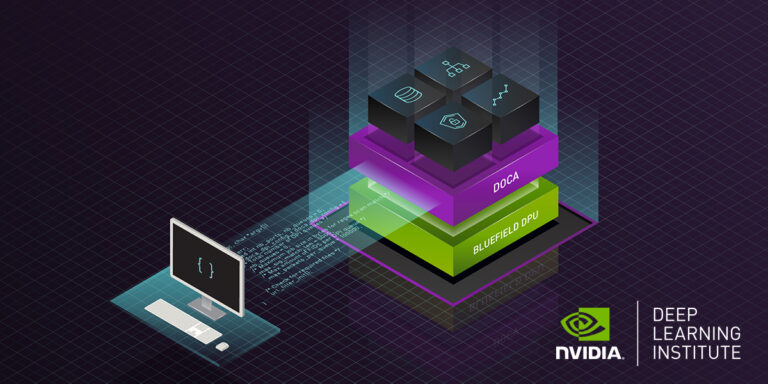
Following the announcement of Early Access to the NVIDIA DOCA Software Framework at this year��s GTC, held in November, we launched a self-paced DOCA course to help you start working with this new framework. The NVIDIA Deep Learning Institute (DLI) is offering a free self-paced course titled ��Introduction to DOCA for DPUs.�� In this 2-hour introductory course, you will learn how DOCA and DPUs enable��
]]>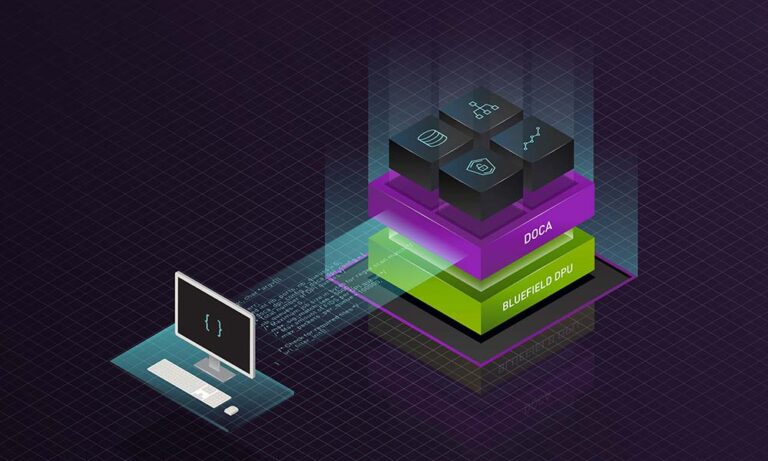
Today, NVIDIA released the NVIDIA DOCA 1.2 software framework for NVIDIA BlueField DPUs, the world��s most advanced data processing unit (DPU). Designed to enable the NVIDIA BlueField ecosystem and developer community, DOCA is the key to unlocking the potential of the DPU by offering services to offload, accelerate, and isolate infrastructure applications services from the CPU.
]]>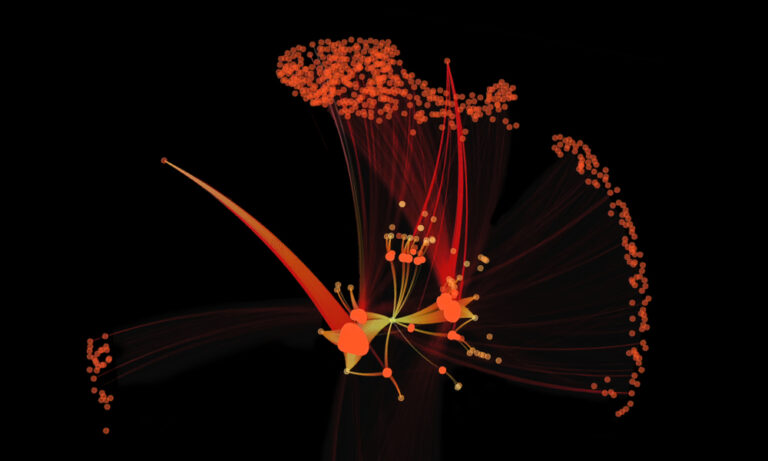
Traditional approaches to finding and stopping threats have ceased to be appropriately effective. One reason is the scope of ways an attacker can enter a system and do damage have proliferated as the interconnections between apps and systems have proliferated. Applying AI to the problem seems like a natural choice but this in some sense broadens the data problem. A typical user may interact��
]]>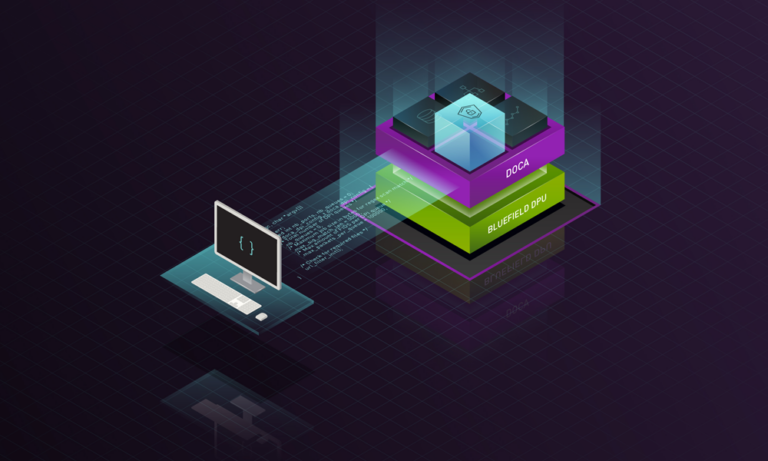
NVIDIA recently introduced the NVIDIA DOCA 1.2 software framework for NVIDIA BlueField DPUs, the world��s most advanced Data Processing Unit (DPU). This latest release builds on the momentum of the DOCA early access program to enable partners and customers to accelerate the development of applications and holistic zero trust solutions on the DPU. NVIDIA is working with leading platform vendors��
]]>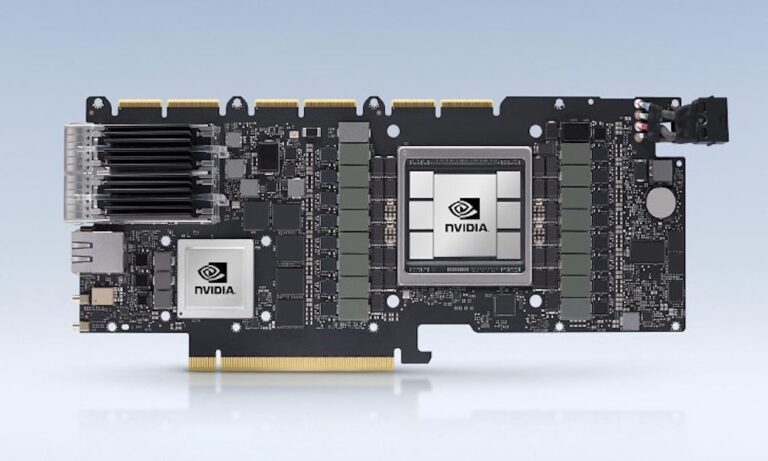
The modern data center is becoming increasingly difficult to manage. There are billions of possible connection paths between applications and petabytes of log data. Static rules are insufficient to enforce security policies for dynamic microservices, and the sheer magnitude of log data is impossible for any human to analyze. AI provides the only path to the secure and self-managed data��
]]>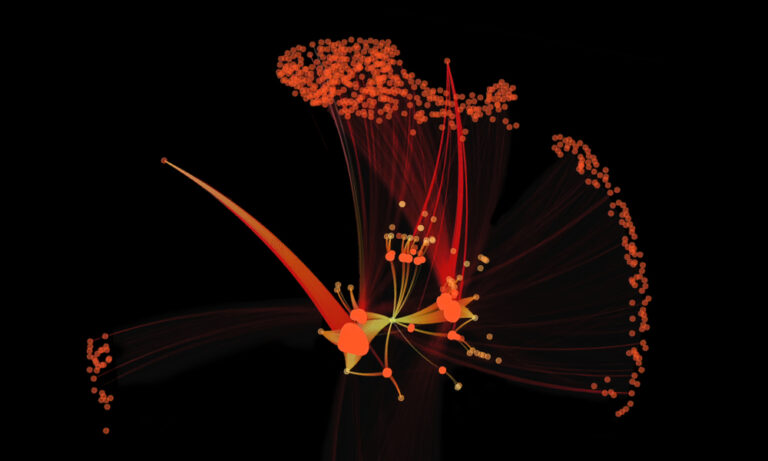
Traditional cybersecurity methods include creating barriers around your infrastructure to protect it from intruders with ill intentions. However, as enterprises continue along the path of digital transformation, faced with a proliferation of devices, more sophisticated cybersecurity attacks, and an incredibly vast network of data to protect, new cybersecurity methodologies must be explored.
]]>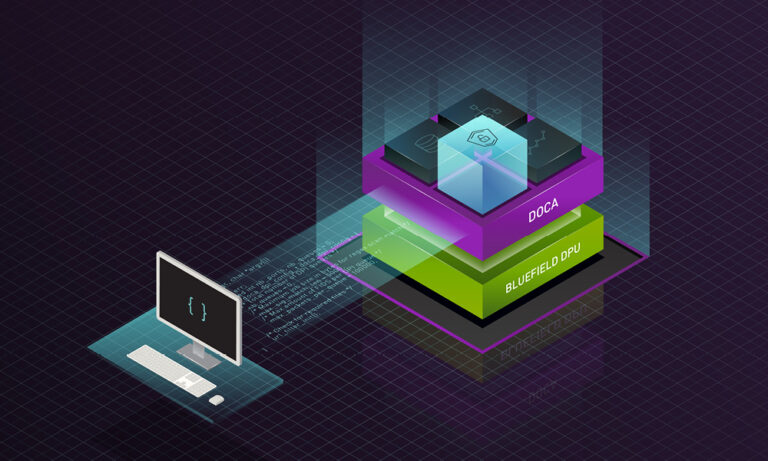
Today NVIDIA introduced the NVIDIA DOCA 1.2 software for NVIDIA BlueField DPUs, the world��s most advanced data processing unit (DPU). This latest release, scheduled for late November, builds on the momentum of the NVIDIA DOCA early access program to enable partners and customers to accelerate the development of applications and holistic zero trust solutions on the DPU. New authentication��
]]>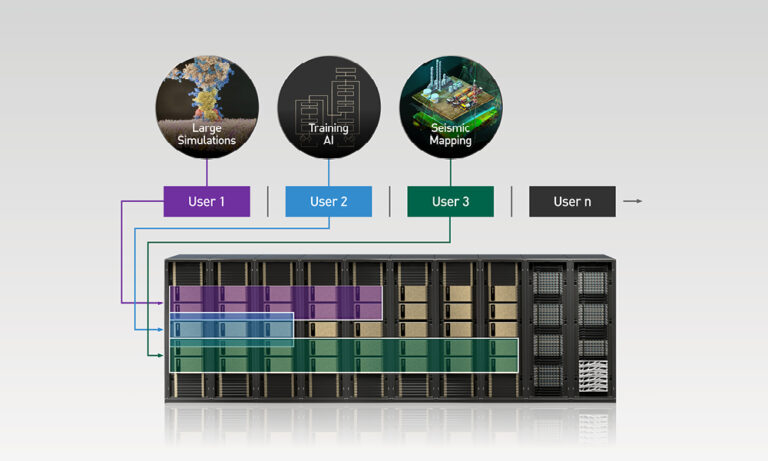
Supercomputers are significant investments. However they are extremely valuable tools for researchers and scientists. To effectively and securely share the computational might of these data centers, NVIDIA introduced the Cloud-Native Supercomputing architecture. It combines bare metal performance, multitenancy, and performance isolation for supercomputing. Magnum IO, the I/
]]>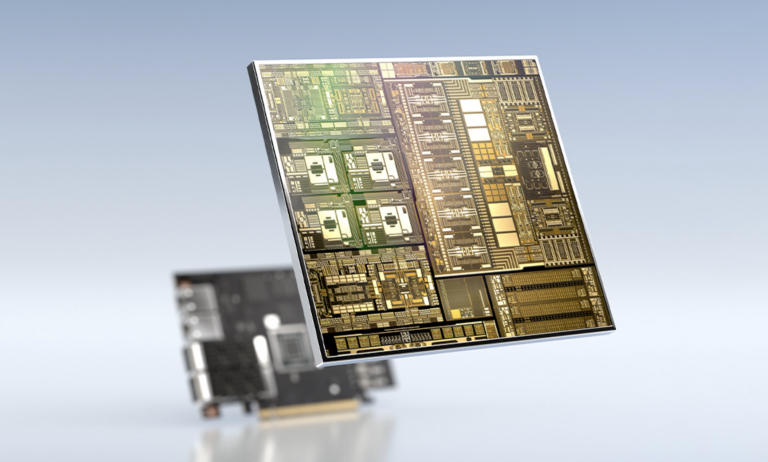
The global series of regional Data Processing Unit (DPU) software hackathons continues in North America. Aimed at advancing research and development in data center and AI technologies, this free event is open to all developers, innovators, and technologists. On December 8, 2021, 10 teams will compete to develop accelerated applications for the NVIDIA? BlueField? DPU using NVIDIA? DOCA��
]]>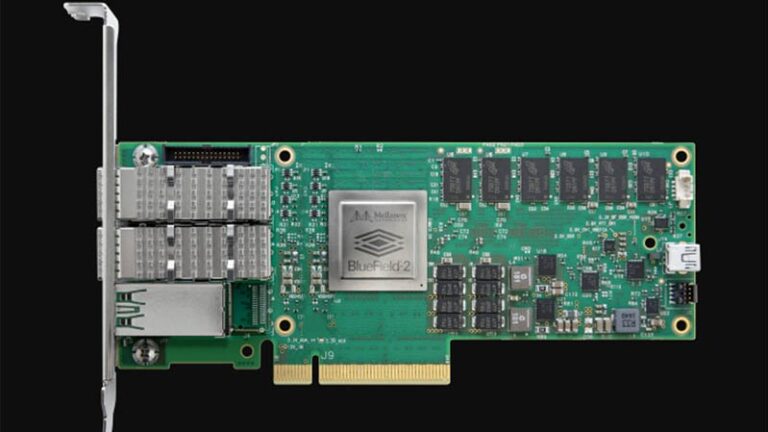
This post was originally published on the Mellanox blog. Everyone is talking about data processing unit�Cbased SmartNICs but without answering one simple question: What is a SmartNIC and what do they do? NIC stands for network interface card. Practically speaking, a NIC is a PCIe card that plugs into a server or storage box to enable connectivity to an Ethernet network.
]]>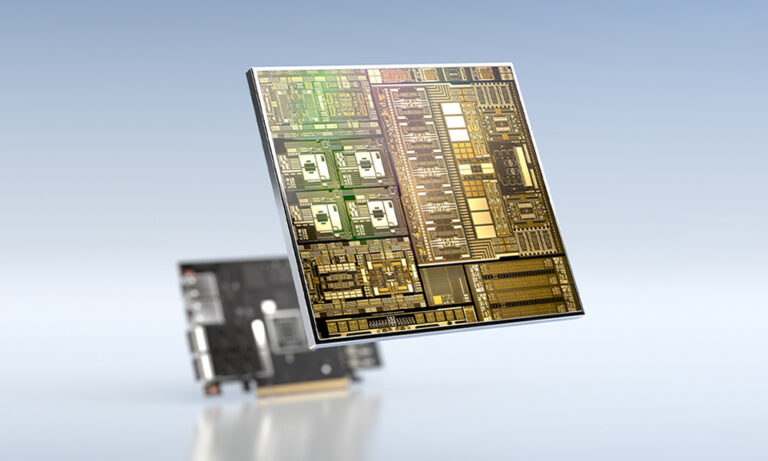
The early access version of the NVIDIA DOCA SDK was announced earlier this year at GTC. DOCA marks our focus on finding new ways to accelerate computing. The emergence of the DPU paradigm as the evolution of SmartNICs is finally here. We enable developers and application architects to squeeze more value out of general-purpose CPUs by accelerating, offloading, and isolating the data center��
]]>
Data Processing Units, or DPUs, are the new foundation for a comprehensive and innovative security offering. The hyperscale giants and telecom providers have adopted this strategy for building and securing highly efficient cloud data centers, and it��s now available for enterprise customers. This strategy has revolutionized the approach to minimize risks and enforce security policies inside the��
]]>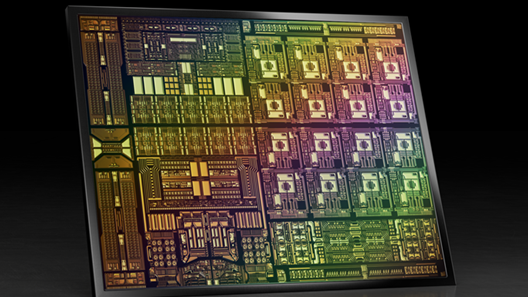
Today��s data centers are evolving rapidly and require new types of processors called data processing units (DPUs). The new requirements demand a specific type of DPU architecture, capable of offloading, accelerating, and isolating specific workloads. On August 23 at the Hot Chips 33 conference, NVIDIA silicon architect Idan Burstein discusses changing data center requirements and how they have��
]]>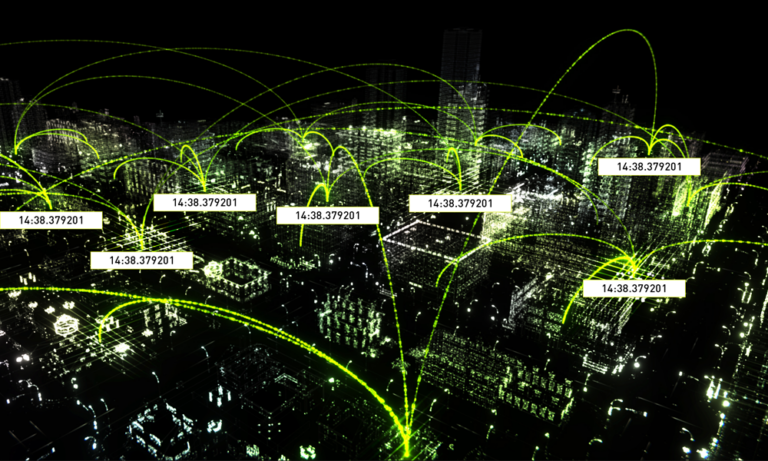
NVIDIA ConnectX NIC enables precise timekeeping for social network��s mission-critical distributed applications Facebook is open-sourcing the Open Compute Project Time Appliance Project (OCP TAP), which provides very precise time keeping and time synchronization across data centers in a cost-effective manner. The solution includes a Time Card that can turn almost any commercial off-the-shelf��
]]>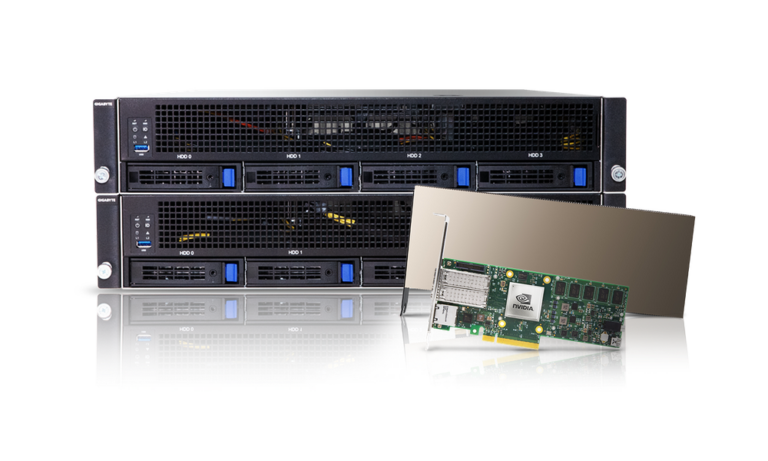
Today NVIDIA announced the availability of the NVIDIA Arm HPC Developer Kit with the NVIDIA HPC SDK version 21.7. The DevKit is an integrated hardware-software platform for creating, evaluating, and benchmarking HPC, AI, and scientific computing applications for Arm server based accelerated platforms. The HPC SDK v21.7 is the latest update of the software development kit, and fully supports the��
]]>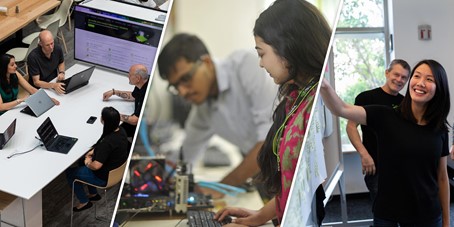
The NVIDIA Hardware Grant Program helps advance AI and data science by partnering with academic institutions around the world to enable researchers and educators with industry-leading hardware and software. Applicants can request compute support from a large portfolio of NVIDIA products. Awardees of this highly selective program will receive a hardware donation to use in their teaching or��
]]>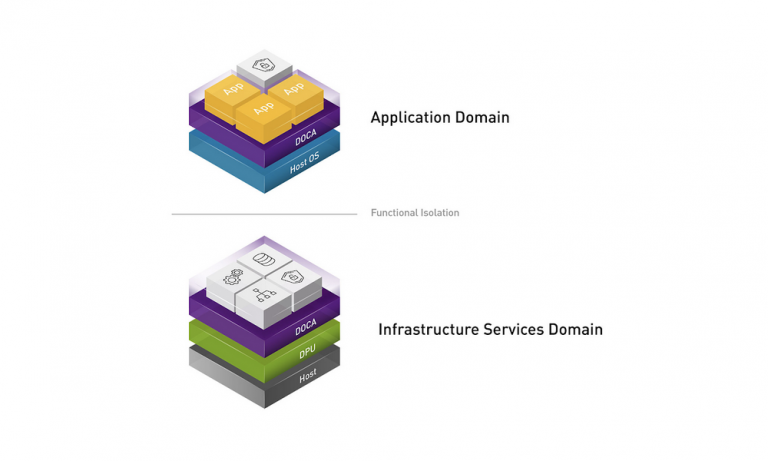
Today NVIDIA released the NVIDIA DOCA 1.1 software framework for NVIDIA BlueField DPUs, the world��s most advanced Data Processing Unit (DPU). This latest release aims to continue the momentum of the DOCA early access program with additional DOCA SDK, Runtime, and Services to enable developers to accelerate the development of applications on the DPU. DPUs are increasingly useful for��
]]>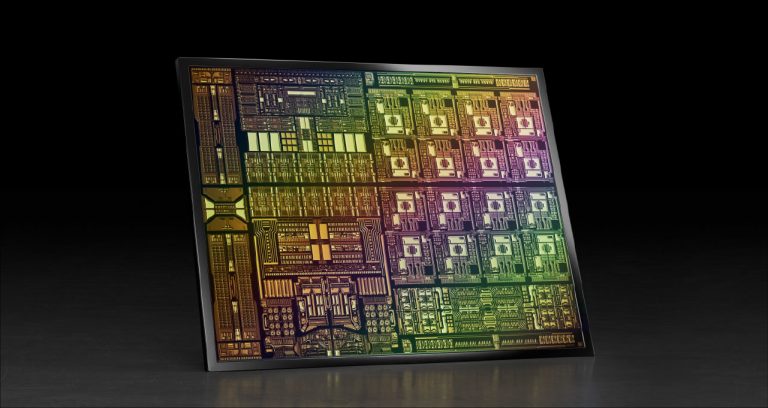
High-performance computing (HPC) and AI have driven supercomputers into wide commercial use as the primary data processing engines enabling research, scientific discoveries, and product development. These systems can carry complex simulations and unlock the new era of AI, where software writes software. Supercomputing leadership means scientific and innovation leadership��
]]>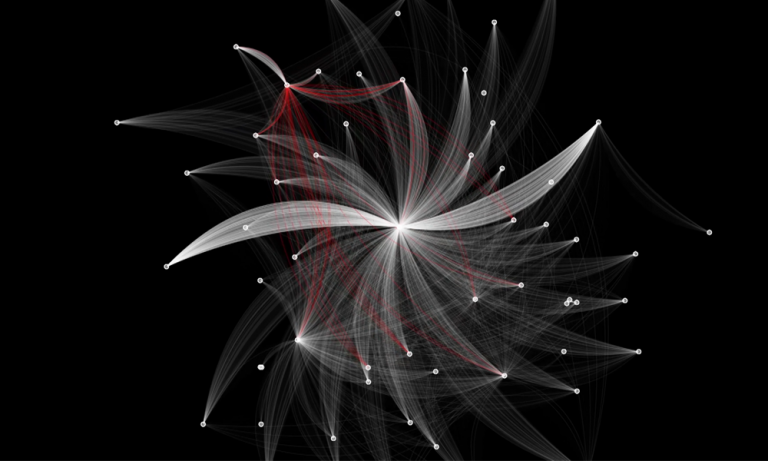
NVIDIA is opening early access to its Morpheus AI development framework for cybersecurity applications. Selected developers have access to Morpheus starting today with more developers joining the program over the next few months. Just announced at NVIDIA GTC in April 2021, NVIDIA Morpheus gives security teams complete visibility into security threats with unmatched AI processing and real-time��
]]>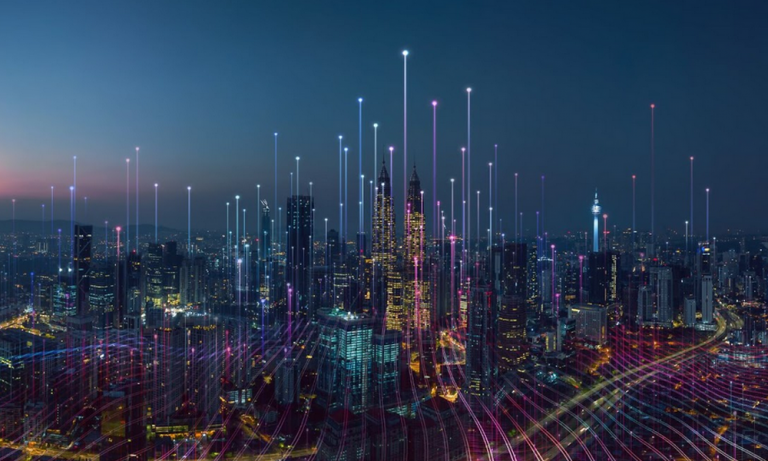
First in a global series of NVIDIA developer events, the DPU hackathons unleashes breakthrough technologies built on NVIDIA DOCA, furthering advancements in AI, cloud and accelerated computing ��The data center is the new unit of computing. Cloud computing and AI are driving fundamental changes in the architecture of data centers.�� �� NVIDIA founder and CEO Jensen Huang At NVIDIA where non��
]]>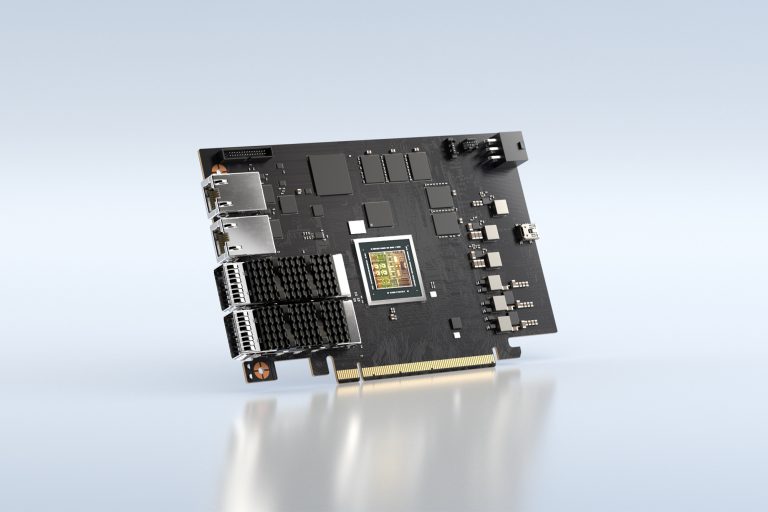
DOCA is a software framework for developing applications on BlueField DPUs. By using DOCA, you can offload infrastructure workloads from the host CPU and accelerate them with the BlueField DPU. This enables an infrastructure that is software-defined yet hardware accelerated, maximizing both performance and flexibility in the data center. NVIDIA first introduced DOCA in October 2020.
]]>Public cloud and telecommunication service providers are moving in the direction of large hyperscale datacenters like Google and Amazon. They are looking for ways to increase efficiencies, flexibility, and agility, and so are turning towards disaggregation and server virtualization as critical tenets of their modernization efforts. However, in doing so, they are stumbling across several challenges.
]]>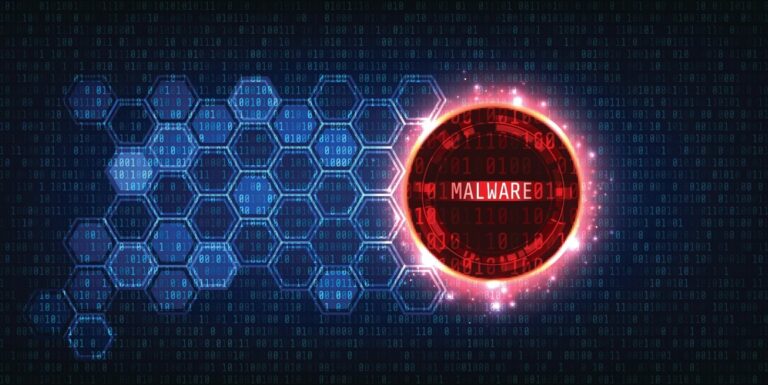
In an era where cyberthreats are around every corner and with increasing attacks on data centers, security has become an essential element to include in every machine guarding user data. However, many security offerings are defenseless in the presence of malware. Furthermore, software-based security consumes compute and memory resources that should be allocated to users.
]]>
Today, in his NVIDIA GTC Fall keynote, CEO Jensen Huang introduced a new kind of processor, the BlueField-2 data processing unit (DPU), a powerful new software development kit for the DPU, DOCA, along with a three year roadmap of DPU and AI innovation. The NVIDIA BlueField-2 DPU is the world��s first data center infrastructure on a chip architecture optimized for modern enterprise data centers.
]]>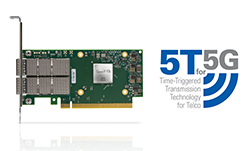
NVIDIA announced a new technology embedded in its NVIDIA Mellanox ConnectX-6 Dx SmartNIC and BlueField-2 I/O Processing Unit to optimize 5G networks. Referred to as 5T-for-5G, or time-triggered transmission technology for telco, this new technology delivers superbly accurate time synchronization across front-haul and mid-haul networks, providing telecommunications providers with higher��
]]>